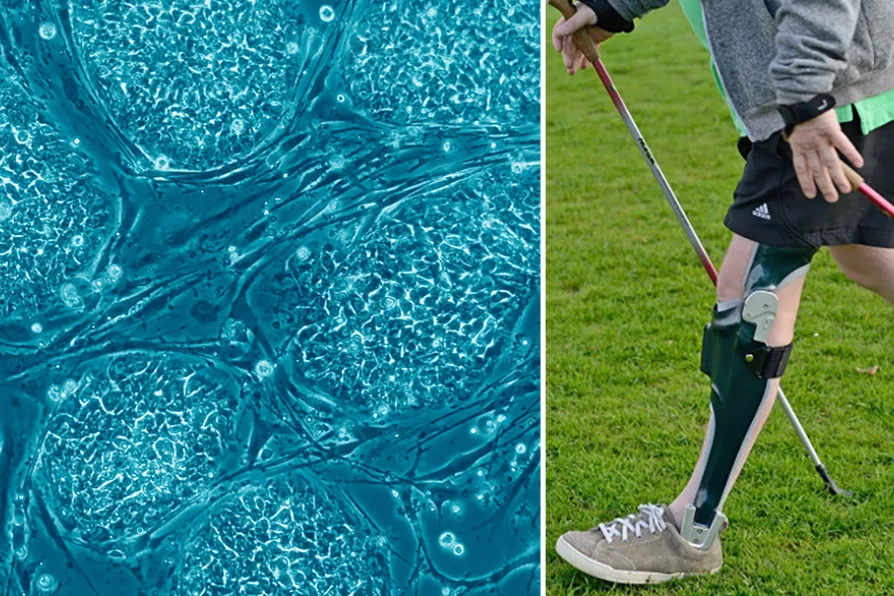Trump’s escalation against Venezuela is about more than oil, it is about regaining control over the ‘natural’ zone of influence of the United States at a moment where its hegemony is slipping, argues VIJAY PRASHAD

 (Left) Human embryonic stem cells; (right) A patient after incomplete paraplegia with a knee-ankle-foot orthosis with an integrated stance phase control knee joint
[(L to R) Nissim Benvenisty/CC - Orthokin/CC]
(Left) Human embryonic stem cells; (right) A patient after incomplete paraplegia with a knee-ankle-foot orthosis with an integrated stance phase control knee joint
[(L to R) Nissim Benvenisty/CC - Orthokin/CC]
IN 1697, John Dryden, translating the Roman poet Virgil, wrote that “From one root the rising stem bestows a wood of leaves, and vi’let-purple boughs.” More than 150 years later, the German naturalist Ernst Haeckel used the green stem of a plant that rises into unfolding complexity as an analogy for the diversification of life from single-celled ancestors, which he called Stammzellen: stem cells.
Haeckel believed that the development of a foetus followed a sequence corresponding to life’s historical evolution — from a single cell through a series of progressively more complex forms — often summarised in the phrase “ontogeny recapitulates phylogeny.” The single cell at the root of this sequence, and thus analogous to the single-celled organisms, was the fertilised egg. This Stammzell gave rise through repeated divisions to the approximately two hundred different cell types that make up a human body: from muscle cells to red blood cells, neurons to the liver. This definition of stem cell indicated that potential. Others later extended the definition again, to cover any cell capable of differentiating into different types.
A stem cell is a bundle of potential: scientists call it “pluripotent.” The genome inside all human cells is the same, or very close to it.

New research into mutations in sperm helps us better understand why they occur, while debunking a few myths in the process, write ROX MIDDLETON, LIAM SHAW and MIRIAM GAUNTLETT

ALEX DITTRICH hitches a ride on a jaw-dropping tour of the parasite world

A maverick’s self-inflicted snake bites could unlock breakthrough treatments – but they also reveal deeper tensions between noble scientific curiosity and cold corporate callousness, write ROX MIDDLETON, LIAM SHAW and MIRIAM GAUNTLETT











